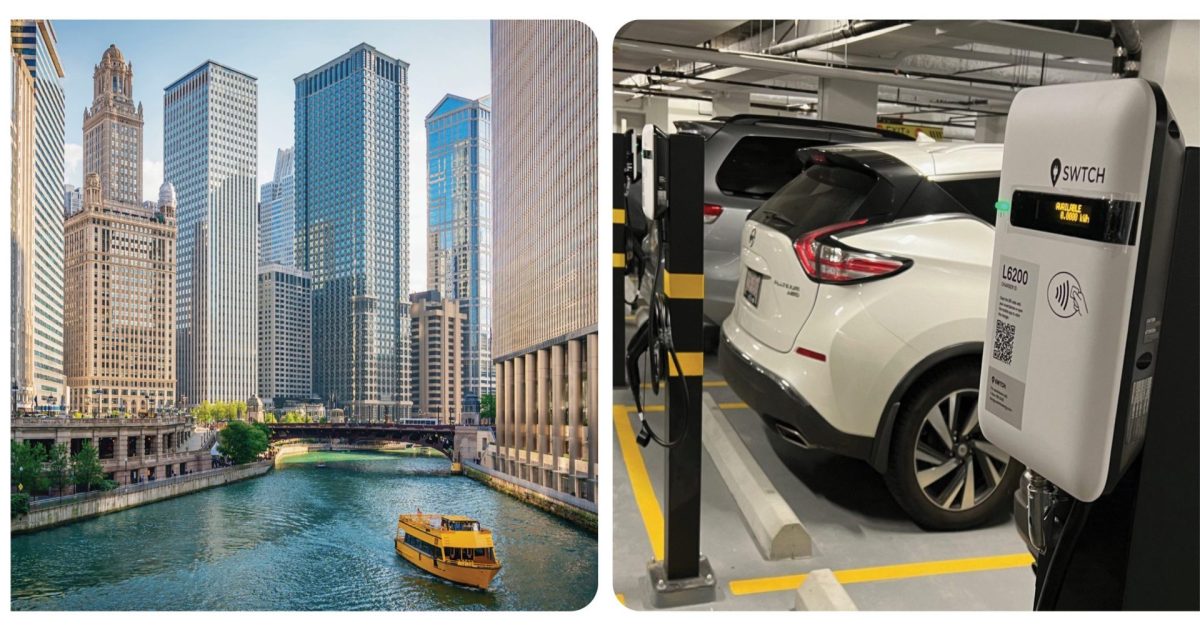“Courage is the main quality of leadership, in my opinion, no matter where it is exercised.”
— Walt Disney
THE ART OF LEADERSHIP
Courage Sets Magic
Disney Reveals Leadership Begins With a Brave First Step
Draw the first line of a castle, and you’ve declared faith in what isn’t yet. That moment of bold pencil pressure is leadership. When I sketched a mouse wearing shorts, business friends laughed. I laughed louder, because courage loves a dare. Audiences followed the chuckle and discovered new neighborhoods inside their imaginations forever.
Bravery is contagious ink. Animators dared to give a cricket moral authority; engineers challenged gravity so boats could sing indoors; bankers released funds for a park that nobody could entirely picture. Each saw just enough candlelight to take one more step. My job was keeping the flame shielded from chilly boardroom drafts all night.
Remember this on your creative frontier: fear shrinks worlds, courage expands them. Teach teams to treat problems like plot twists, and they’ll race to write happier endings. Reward the experiment, not just the premier. Before long, guests will thank you for the dreams you once whispered alone to a blank page at midnight.
Show fearless optimism, protect your Team’s ideas, and bravely advance one tiny sketch toward reality today.
COMMERCIAL CONSTRUCTION
Buffalo Bets Big On Superconductors
First U.S. Superconductor Cable Factory Breaks Ground In Buffalo Today
Dump truck horns sounded Tuesday on Buffalo’s Northland Corridor as American Superconductor and Norwegian cable giant Nexans thrust gold shovels into thawing soil, launching the $410 million Empire CryoCable Plant, billed as the first U.S. factory dedicated to high‑temperature‑superconductor power lines.
The 620,000‑square‑foot complex will host silver‑barium‑cuprate sputtering lines, inline pulsed‑laser welders, and a mile‑long cryostat impregnation tunnel capable of turning out 3,000 kilometers of liquid‑nitrogen‑cooled cable per year, enough to reinforce every downstate feeder by 2035. A rooftop microgrid combining hydropower, wind turbines, and second-life EV batteries targets net-positive energy, while closed-loop helium capture cuts process emissions by 80 percent.
Gilbane projects 550 union trades at peak, with half the apprenticeship hours reserved for East Side residents. When coils start shipping in 2028, the plant will employ 320 engineers and technicians, averaging $85,000 salaries, and anchor a superconducting supply cluster expected to pump $600 million annually into western New York’s grid‑modernization economy. Regional colleges will open cryogenics certificate programs next fall.
INFRASTRUCTURE INDUSTRY
Jersey Wind Port Cranes Rise
Phase Two Begins At Nation’s First Dedicated Offshore Wind Port
Fireworks lit the marshy sky Monday as Governor Phil Murphy swung a gold‑painted sledgehammer, kicking off historic phase two of the New Jersey Wind Port in Salem County. Bulldozers rumbled behind the dais, pushing sand into the Delaware River to create a second heavy‑lift wharf long enough for the world’s tallest turbine towers.
Skanska‑Weeks joint‑venture divers will place 1,200 steel monopiles and pour 180,000 cubic yards of low‑carbon concrete, while autonomous crawler cranes fit rail tracks for self‑propelled platform transporters. A 35-acre laydown pad will host nacelle assembly under hurricane-rated canopies powered by a 20-megawatt solar microgrid and an onsite battery farm.
The $ 2.4 billion expansion, backed by federal maritime grants, offshore wind developer fees, and green bonds, is expected to support 1,900 union jobs and dedicate 40 percent of the contracts to minority-owned firms. Completion in 2028 will make the port capable of simultaneously staging three 15-megawatt projects, shortening Northeast turbine delivery times by six months and reducing supply-chain emissions by 20 percent.
RESIDENTIAL RESEARCH
Illinois Garages Get Mandatory Chargers
Statewide EV Conduit Rule Transforms Suburban Homebuilder Electrical Costing Models
Illinois’ Capital Development Board voted Tuesday to require electric‑vehicle charger rough‑ins in every new single‑family garage statewide beginning August 5, amending the residential electrical code to add a 40‑amp, 240‑volt circuit stubbed to a dedicated junction box near the parking stall. Officials say the mandate answers surging EV adoption and clears permitting confusion among municipalities that had adopted competing ordinances.
Chicago production builder Lakeside Living tested the layout on Wednesday, routing NM-B cable through the stud bay in under ten minutes and reporting a $120 parts premium, primarily for the thicker wire. Superintendent Maria Nguyen said crews lost no scheduled time because electricians pulled the branch while roughing bedroom circuits. She projects homebuyers will recoup costs within nine months of charging a compact EV nightly.
ComEd plans to offer a rebate covering inspection fees, while Wintrust Mortgage will treat projected fuel savings as income, thereby boosting borrower power by $7,400. Ford dealers greeted the rule, anticipating smoother Lightning deliveries once garages arrive prewired and inspector‑approved statewide.
TOOLBOX TALK
The Importance of Preventing Injuries from Falling Tools
Introduction
Good morning, Team! Today’s toolbox talk focuses on preventing injuries from falling tools. Dropped tools pose serious risks, especially when working at heights.
Why It Matters
Even small tools dropped from height can cause severe injuries, impacting both worker safety and project timelines.
Strategies to Prevent Dropped Tools
Use Tool Lanyards:
Secure tools to yourself or fixed points when working at heights.
Proper Tool Storage:
Always keep tools safely stored in tool belts or secured containers.
Clear Drop Zones:
Mark areas below elevated work clearly to restrict access and prevent injuries.
Inspect Regularly:
Check lanyards, hooks, and belts daily for wear or damage.
Immediate Reporting:
Report dropped-tool incidents promptly, even if there is no injury.
Discussion Questions
Have you experienced incidents involving falling tools?
What further steps can we take to reduce this hazard?
Conclusion
Proper use of lanyards and clear drop zones ensures everyone’s safety.
Secure tools protect your crew!







